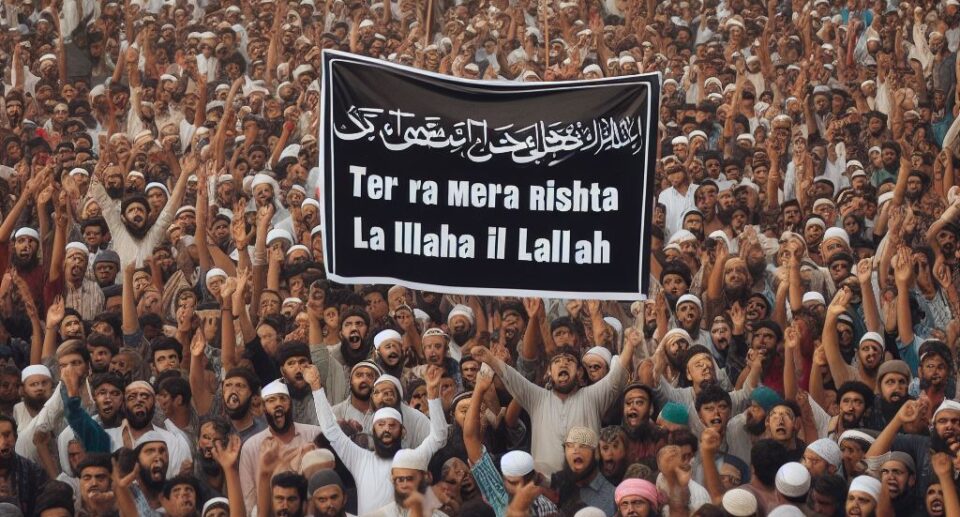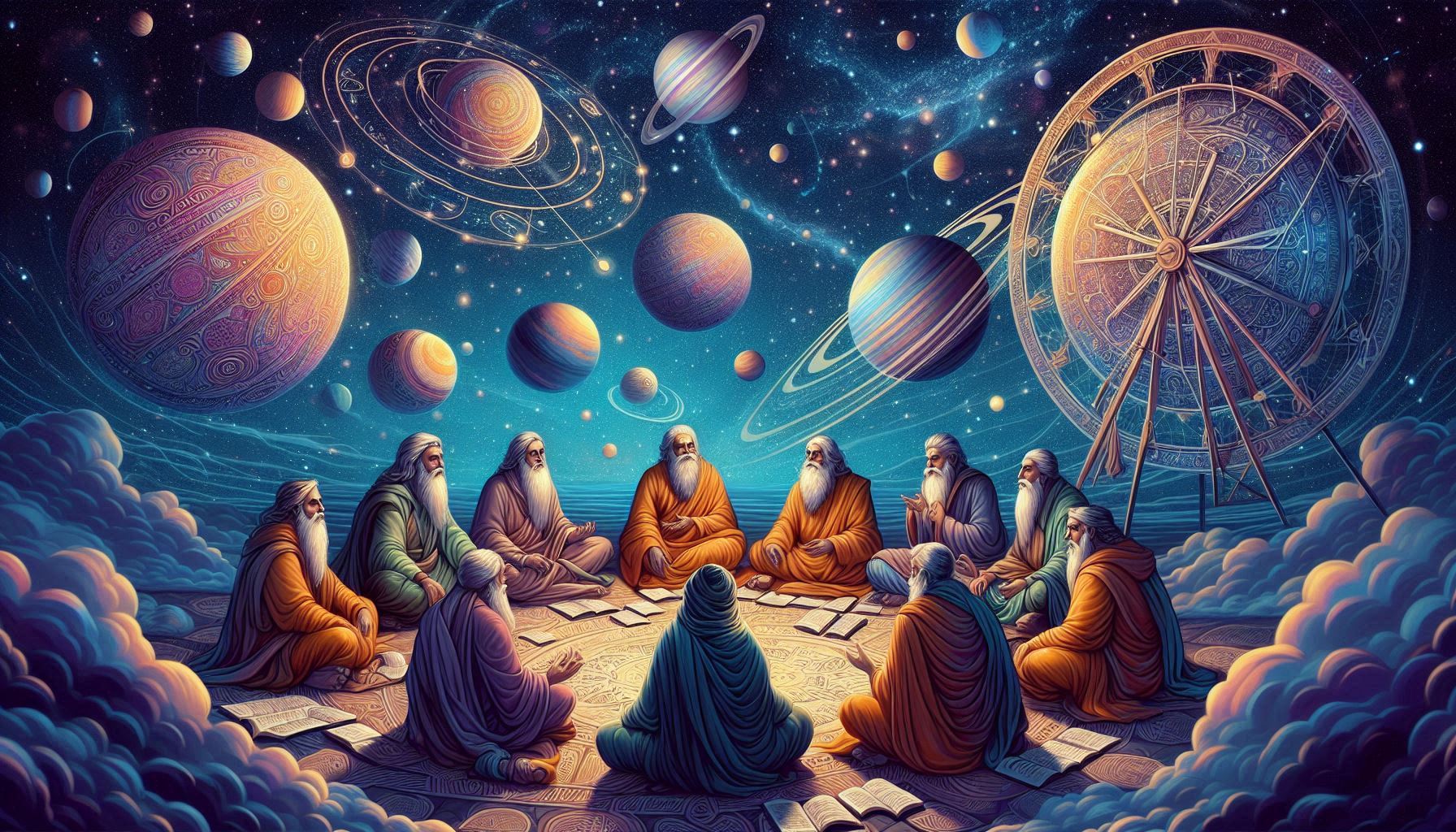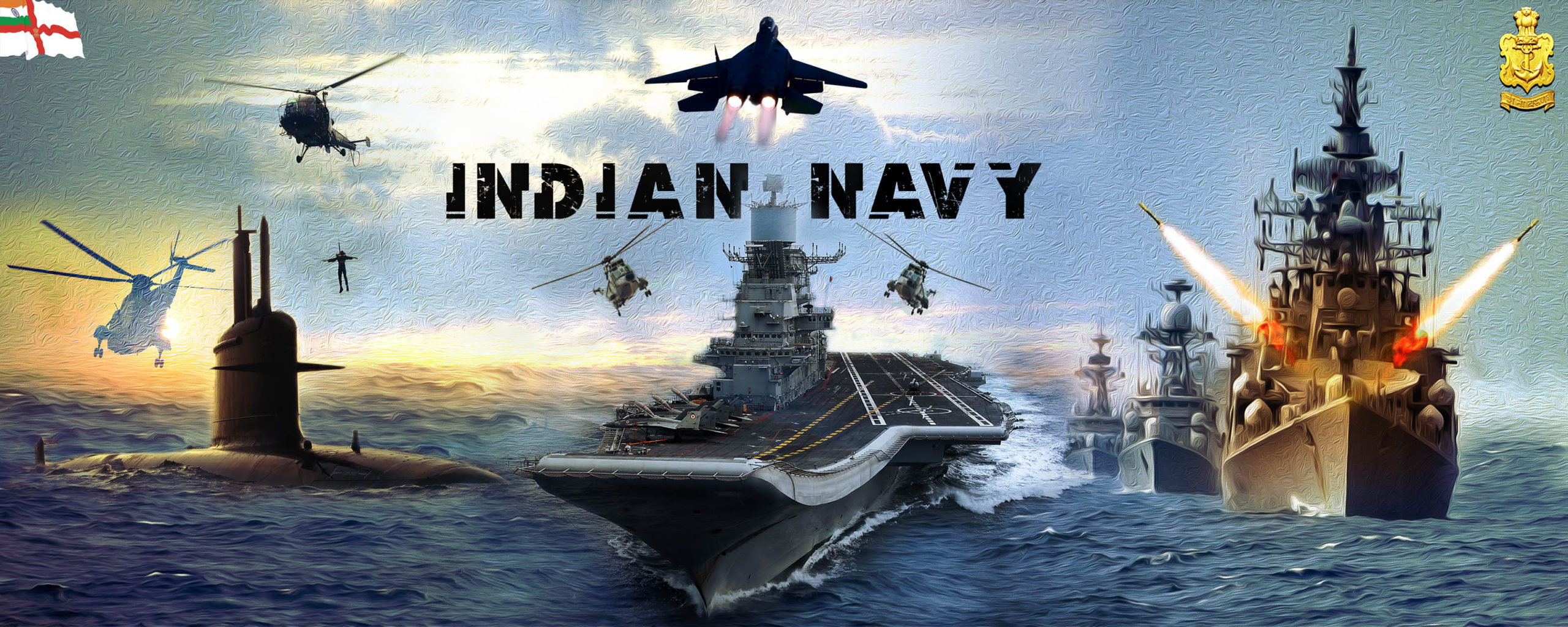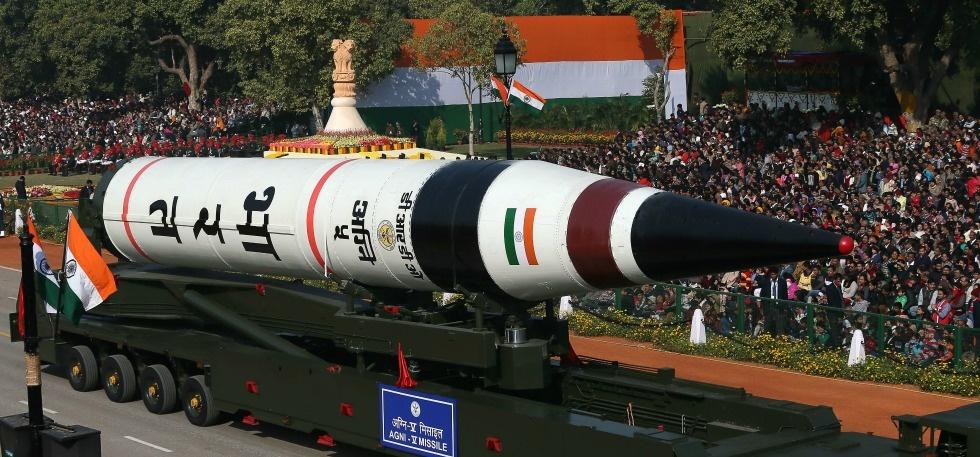“Tera Mera Rishta Kya, La Ilaha Illallah”: A Tool for Extremism and Violence?

The slogan “Tera mera rishta kya, la ilaha illallah” has served as a potent and perilous instrument wielded by extremist groups for centuries. This chant, which translates to “What is my relationship to you? There is no god but Allah,” has become a call to arms, inciting violence against both Muslims and non-Muslims.
Historical Roots and Sacred Significance
To truly understand the complexity of this slogan, one must delve into its historical roots and the sacred significance it holds. Originating in the early days of Islam, this declaration, “La ilaha illallah,” stands as the foundational creed of the faith. It asserts the central monotheistic belief that there is no deity but Allah, a belief that unites Muslims worldwide.
In the early days of Islam, the Arabian Peninsula was a place of shifting alliances and tribal conflicts. Within this context, the slogan “La ilaha illallah” found its sacred significance. The Arabian Peninsula was not a united entity but rather a collection of tribes and city-states, each with its own loyalties and beliefs.
However, when the early Islamic tribes faced formidable opponents, such as the Byzantine and Persian empires of the Christian faith, they are believed to have invoked this slogan as a unifying cry. It served as a reminder that all Muslims were bound together by their shared belief in the oneness of God, transcending the boundaries of ethnicity, tribe, and nationality.
The battles against the Byzantine and Persian empires were not merely territorial conflicts but also ideological struggles. The early tribes, in their efforts to spread their cultural practices, faced resistance from two of the world’s powerful empires of that period. To conquer these mighty powers, “La ilaha illallah” became a source of inspiration and unity. It was this declaration of faith that emphasized the central pillar of Islam, the belief in the one God, i.e., Allah.
This sacred significance of “La ilaha illallah” cannot be overstated. It is a declaration of the core tenet of Islam, expressing unwavering faith in the one God. In its purest form, it is supposed to promote the unity of Muslims and serve as a reminder of their spiritual connection, fostering a sense of brotherhood and sisterhood among believers. This unifying aspect is fundamental to the foundation of Islam.
Theological Manipulation: A Weapon of Mass Destruction
However, over time, this message has been manipulated and weaponized by extremist factions to justify terror, violence and hatred. Herein lies the crux of the issue. Theological manipulation, a weapon of mass destruction, is harnessed within Islam, exploiting the deep connection that believers have with their faith.
In its original context, “La ilaha illallah” underscores the core monotheistic tenet of Islam, asserting that there is no deity but Allah. It’s a declaration of faith that unites Muslims worldwide. However, extremist (read radical) interpretations twist this unity into a divisive notion, suggesting that Muslims are exclusively bound by faith to one another, absolving them of the duty to treat non-Muslims with kindness and respect.
This manipulation is regressive for Muslims, as it sends them back a thousand years. It perpetuates an antiquated worldview that pits them against the rest of the world, fostering divisions, mistrust, hatred, and violence. In essence, this manipulation may not reflect true Islamic teachings but a perversion of the faith for destructive ends.
Consequences of Extremist Use
The radical use of “Tera mera rishta kya, la ilaha illallah” has had devastating consequences for Muslims and non-Muslims alike, fostering violence, hatred, and mistrust not just inter-faith but intra-faith as well. Muslims within themselves have worked towards their own destruction by getting into intra-faith massacres. It has also hindered efforts by non-Muslims to build bridges with Muslim communities worldwide.

Real-Life Examples: A Historical Perspective
Early Islamic Conquests: Extremists in the early days of Islam invoked the slogan during their conquests, justifying acts of violence against non-Muslim populations they encountered.
Ottoman Siege of Vienna (1529 and 1683): Ottoman Turkish forces besieged Vienna in the 16th and 17th centuries, marked by violence and atrocities against non-Muslims in affected regions.
The Turkic Conquest of Bharat (13th-18th centuries): All Turkic rulers (aka Mughal) engaged in religiously motivated violence against non-Muslims, particularly Hindus and Sikhs, including large-scale massacres, temple destructions, Jajiya tax, and forced conversions.
The Armenian Genocide (1915-1923): The Ottoman government carried out a campaign of mass killings and forced deportations of Armenians, who were predominantly Christians.
The Partition of India (1947): The partition of erstwhile British India into India and Pakistan led to communal violence around border areas, with religiously motivated Muslim mob charged Hindus and Sikhs killing lakhs of innocent people.
Theological Counteraction and Social Responsibility
As opinion makers, it’s imperative to shed light on the theological distortion of this slogan and its consequences. While the dangers are evident (as can be seen in the ongoing Israel-Hamas war, recent Paris terror attacks, and the ongoing (Pakistan-sponsored) terror activities in Kashmir valley in Bharat), it’s crucial to balance this knowledge with an understanding that a section of Muslims (although minor) exist who do not condone violence or hatred.
Conclusion
The mob slogan “Tera mera rishta kya, la ilaha illallah” has been a potent and perilous tool used by extremist/ radical groups to rationalize terror, violence, and hatred for centuries. It is imperative to recognize the perils of this slogan and stand up against radicalism wherever it takes root.
What can be done to counter the spread of this dangerous ideology?
Several steps can be taken to counter the spread of the dangerous ideology behind the slogan “Tera mera rishta kya, la ilaha illallah”:
- Education and Awareness: It is vital to educate people about the dangers of radicalism and how extremist groups exploit religion to justify, terror, violence and hatred.
- Interfaith Dialogue: Promoting interfaith dialogue and understanding is essential for building bridges between different communities and dispelling stereotypes and prejudices that fuel extremism. It is imperative that Muslims (who do not condone such ideology) take on to them to correct this cancer.
- Support for Moderate Religious Leaders: Supporting moderate religious leaders who speak out loud against radicalism, terror, and violence is crucial.
- Law Enforcement and Social Media Curbs: Law enforcement agencies must remain vigilant in investigating and prosecuting radical groups and collaborate with social media companies to monitor and curb the spread of radicalism, and extreme content.
Hopefully, by taking these steps, we can help create a world where everyone can live in peace and security, regardless of their religion or beliefs. However, most of these points have failed to be effective in recent decades. There are cases of highly qualified Muslims carrying out the ugliest crimes against humanity like Osama Bin Laden who was an engineer, and Sabeel and Kafeel Ahmed (brothers) who were Doctors and Engineer respectively. But we as humans cannot lose hope. Hence, fingers crossed.










